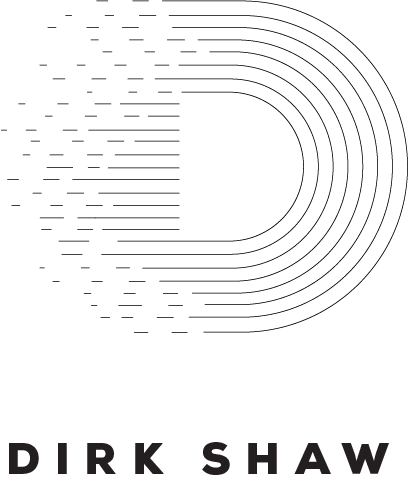COMPUTER VISION IN RETAIL

Computer vision is a way for computers to have a sense of the world around them by acquiring images, processing them and analyzing them for their content. The applications range from helping self-driving cars detect people, sorting recycling to issuing traffic citations based on the license plate.
If this sounds complicated, you can just hire the 8-year-old who just bought a Google AI project kit from Target and made an image recognition camera in their room to teach you more.
The advancements in this field of AI have created some breakthrough ways for retailers to manage their inventory, provide frictionless shopping and transform how people search catalogs. AmazonGo stores have taken this to the most extreme we have seen to date by allowing customers to walk in, shop and leave all without ever interacting with another human.
For retailers who don’t have the luxury of starting with a new store or e-commerce site from scratch, there are several ways to integrate computer vision solutions with point solutions.
Inventory Insights - Trax
The Trax technology stack is an advanced computer vision solution that creates a digitization of your shelve space in real time. This real-time visualization allows retailers to make better decisions on what to stock and provide insights in to know what is driving in-store behaviors.
Visual Discovery - Mode.ai
Sometimes people see something they like but have no clue who made it, or they just want to find a similar style, and they want to do it all from their messenger app. Mode.ai is helping retailers like Levi's and Louis Vuitton create virtual style advisors.
Customer Patterns - Pilot.ai
The beauty of digital has always been the ability to measure how, where and when people interact with a brand in real time. Now with computer vision powered by 3-d cameras, it is not possible for retailers to have this same level of insight into how people move around their physical spaces.
